Introduction
When it comes to hearty, comforting meals that evoke a sense of nostalgia and warmth, few dishes can match the allure of a well-cooked goose stew. This rich, flavorful dish has been a staple in culinary traditions across various cultures, celebrated for its tender meat, savory gravy, and the perfect balance of spices and herbs. But how do you achieve that perfect goose stew that leaves everyone asking for seconds? This comprehensive guide will walk you through the steps, tips, and tricks to ensure your goose stew is not only delicious but also a culinary masterpiece.
Section 1: Choosing the Right Goose
The foundation of any great goose stew lies in selecting the right bird. Here are some key considerations:
1 Breed and Age
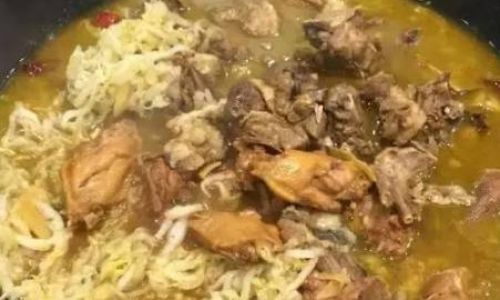
Different breeds of geese have varying meat qualities. For stewing, you generally want a younger goose, as its meat is more tender and less fatty compared to an older bird. Common breeds suitable for stewing include Toulouse, Embden, and Pilgrim.
2 Size and Weight
A medium-sized goose, weighing between 8 to 12 pounds, is ideal for stewing. Larger birds can be challenging to cook evenly, while smaller ones might not yield enough meat for a hearty stew.
3 Freshness and Quality
Always opt for a fresh, humanely raised goose. The meat should have a firm texture and a clean, slightly gamey aroma. Avoid geese with a strong, off-putting smell or discolored meat.
Section 2: Preparation and Trimming
Once you’ve chosen your goose, it’s time to prepare it for cooking. Here’s how:
1 Thawing (if Frozen)
If your goose is frozen, thaw it in the refrigerator for 24 to 48 hours, depending on its size. Never thaw a goose on the counter or in hot water, as this can lead to bacterial growth.
2 Trimming Fat
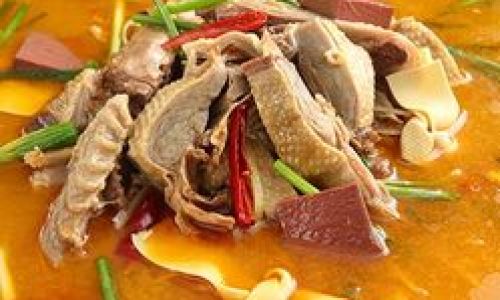
Geese are known for their layer of fat, especially under the skin. While some fat adds flavor and moisture to the stew, too much can make it greasy. Use a sharp knife to carefully trim excess fat, leaving just a thin layer to baste the meat during cooking.
3 Seasoning
Season the goose generously with salt and pepper. You can also use a blend of herbs like thyme, rosemary, and garlic powder to enhance its flavor. Rub the seasonings into the skin and meat, ensuring even coverage.
Section 3: The Cooking Process
Now, let’s dive into the cooking process. There are several methods to cook goose stew, but the most traditional and flavorful way is slow cooking, either on the stovetop or in the oven.
1 Browning the Goose
Start by preheating your oven to 325°F (163°C). In a large, heavy-bottomed pot or Dutch oven, heat a few tablespoons of oil over medium-high heat. Brown the goose on all sides until the skin is golden and crispy. This not only adds flavor but also helps to seal in juices.
2 Adding Aromatics and Vegetables
Once the goose is browned, remove it from the pot and set it aside. In the same pot, sauté chopped onions, carrots, celery, and garlic until they are soft and fragrant. This creates a flavorful base for your stew.
3 Deglazing the Pot
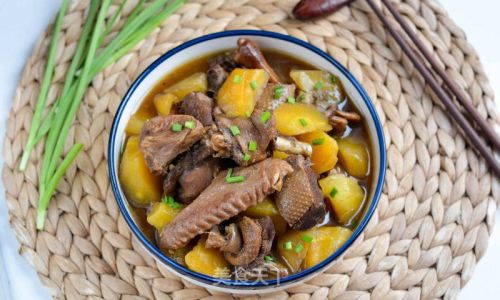
Pour in a cup of dry white wine, chicken or vegetable broth, or even beer if you prefer a bit of a malt flavor. Scrape the bottom of the pot to loosen any browned bits stuck to the surface. This process, known as deglazing, adds immense flavor to your stew.
4 Returning the Goose
Place the browned goose back into the pot, nestling it among the sautéed vegetables. Add enough liquid to cover about halfway up the bird. This can be a combination of broth, wine, and possibly some tomato puree for added depth.
5 Slow Cooking
Cover the pot and transfer it to the preheated oven. Cook the goose for about 3 to 4 hours, or until the meat is tender and can be easily pulled away from the bone with a fork. If cooking on the stovetop, simmer gently over low heat with the lid slightly ajar to allow steam to escape.
6 Checking and Adjusting
Periodically check the stew, turning the goose occasionally if necessary to ensure even cooking. If the liquid reduces too much, add more broth. Taste and adjust seasoning as needed, adding more salt, pepper, or herbs if desired.
Section 4: Finishing Touches
Once the goose is cooked, there are a few final steps to ensure your stew is perfect.
1 Removing the Goose
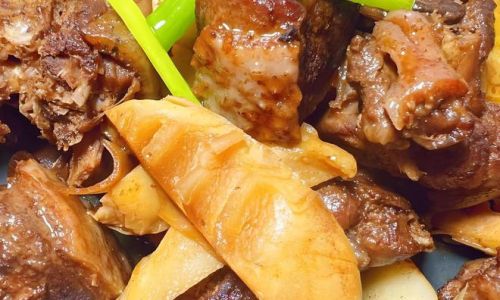
Carefully remove the goose from the pot and let it rest on a cutting board for about 15-20 minutes. This resting period allows the juices to redistribute, making the meat even more tender and flavorful.
2 Skimming the Fat
While the goose is resting, skim any excess fat from the surface of the stew using a ladle or a fat separator. This step is crucial for a lighter, less greasy final dish.
3 Shredding or Slicing the Meat
Once rested, use a fork and knife to shred or slice the goose meat into bite-sized pieces. Return the meat to the pot, mixing it gently with the vegetables and gravy.
4 Thickening the Gravy (Optional)
If you prefer a thicker gravy, you can make a slurry by mixing a small amount of cornstarch or flour with cold water. Stir this mixture into the stew and cook for an additional 5-10 minutes, stirring constantly, until the desired consistency is achieved.
Section 5: Serving and Enjoying
Your goose stew is now ready to be served. Here are some serving suggestions to elevate your dish:
1 Accompaniments
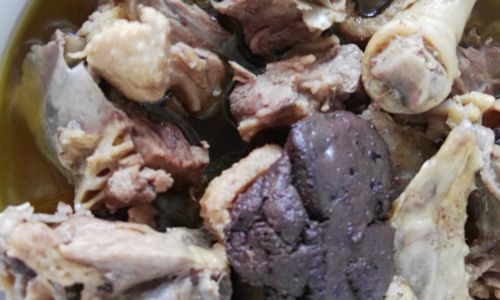
Serve your goose stew over mashed potatoes, creamy polenta, or crusty bread to soak up the delicious gravy. Roasted vegetables, like Brussels sprouts or carrots, also make excellent sides.
2 Garnishes
A sprinkle of fresh herbs, such as parsley, thyme, or rosemary, adds a fresh, aromatic touch. A dollop of sour cream or yogurt can provide a tangy contrast to the rich flavors of the stew.
3 Wine Pairing
A full-bodied red wine, such as Cabernet Sauvignon or Merlot, pairs well with the rich, savory flavors of goose stew. Alternatively, a robust white wine like Chardonnay or Viognier can also complement the dish nicely.
Conclusion
Cooking a delicious goose stew is an art that combines patience, precision, and a love for good food. By following the steps outlined in this guide, from selecting the right goose to perfecting the gravy, you can create a meal that is not only satisfying but also memorable. Whether you’re serving it to family and friends during a cozy winter gathering or simply treating yourself to a hearty, homemade meal, a well-cooked goose stew is sure to delight the senses and warm the soul.
Remember, the key to success in any culinary endeavor is experimentation and a willingness to learn from each attempt. As you cook more goose stews, you’ll discover your own preferences and techniques that make your version unique. Happy cooking, and enjoy every savory bite of your masterpiece!
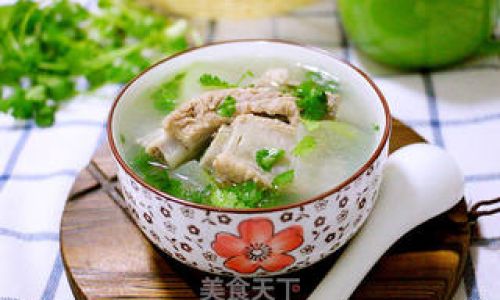
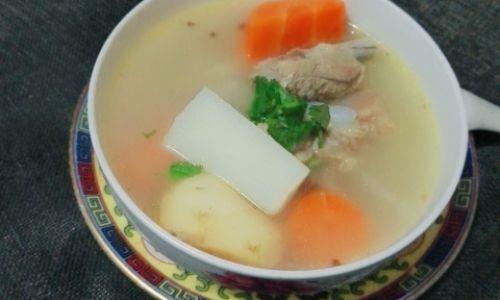
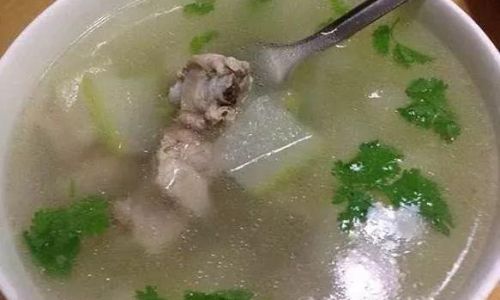
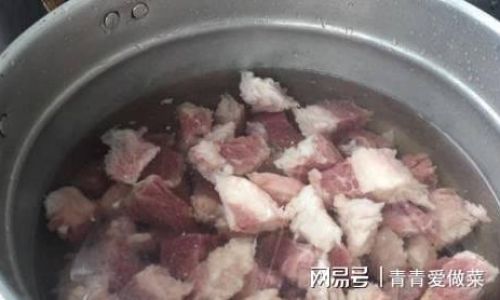
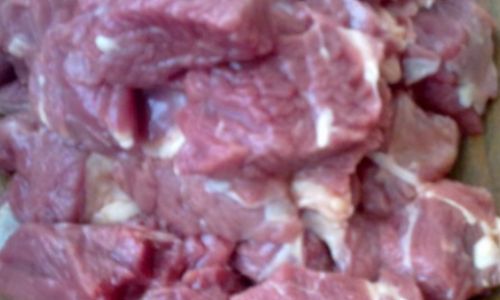

0 comments